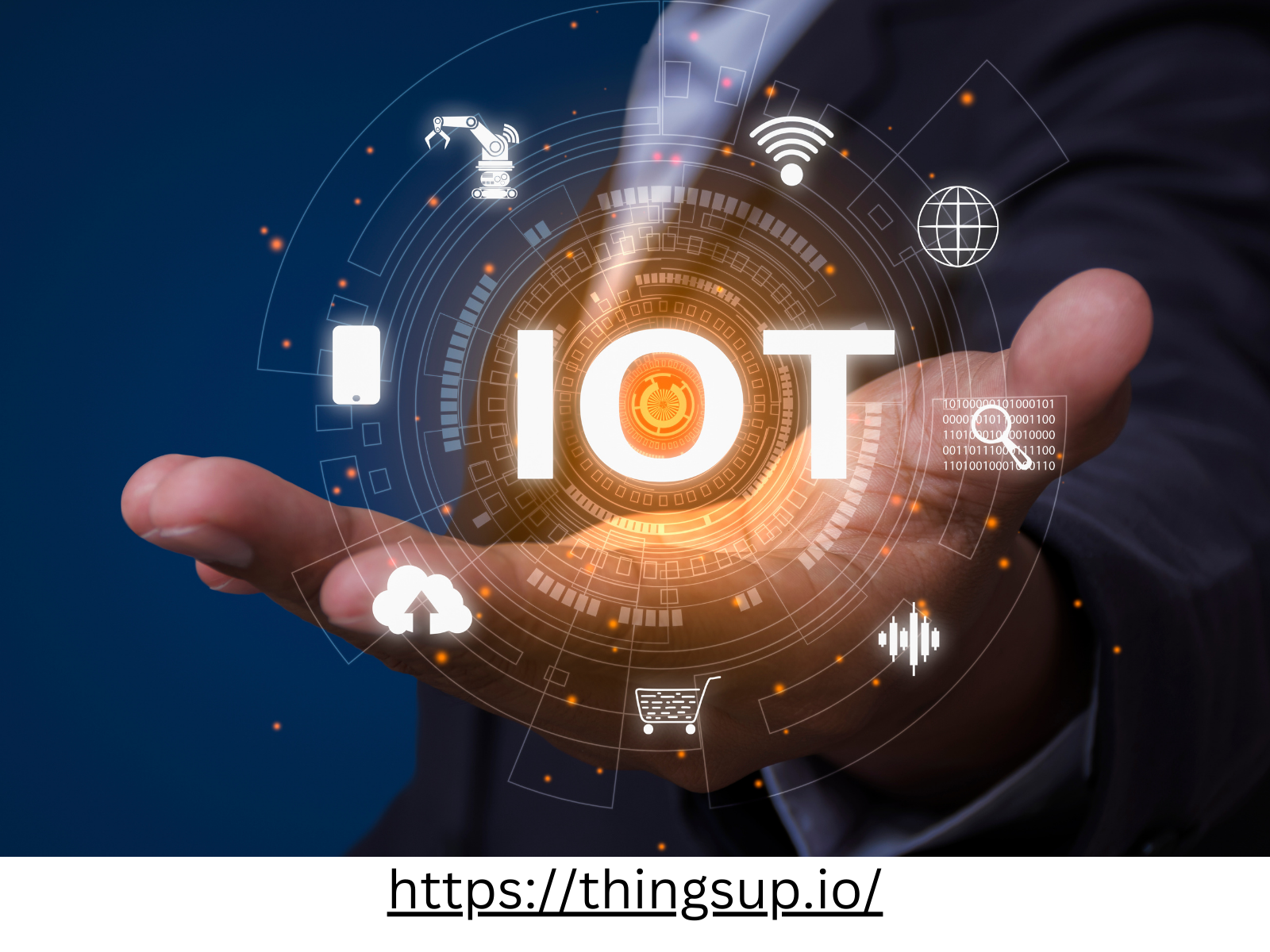
These technologies facilitate seamless communication, data analysis, and device management, making them critical components of modern IoT solutions.
In this article, we will explore what IoT platforms and frameworks are, their significance, and how they support the development and operation of IoT applications.
What is an IoT Platform?
An IoT platform serves as the bridge between hardware (such as sensors and devices) and software (such as applications and analytics tools). It provides the infrastructure needed to manage IoT devices, collect data, and analyze it effectively.
Key functionalities of an IoT platform include:
Device Connectivity: Ensuring that IoT devices can connect and communicate reliably.
Data Management: Collecting, storing, and organizing data from connected devices.
Analytics and Insights: Processing data to derive actionable insights.
Security: Protecting devices and data from unauthorized access or cyber threats.
For instance, an IoT platform in a smart home system allows devices like thermostats, lights, and security cameras to work together seamlessly while providing homeowners with real-time control and insights via a mobile app.
Types of IoT Platforms
IoT platforms can be categorized based on their functionalities:
Connectivity Platforms: Focus on establishing and managing device communication.
Device Management Platforms: Handle device provisioning, configuration, and updates.
Application Enablement Platforms (AEPs): Simplify the development of IoT applications.
IoT Monitoring Platforms: Provide tools for real-time monitoring and management of connected devices and systems.
An IoT monitoring platform is particularly essential for industries like manufacturing and healthcare, where real-time data is critical for operational efficiency and safety.
What is an IoT Framework?
An IoT framework provides a standardized approach to developing IoT applications. While an IoT platform is a ready-to-use solution, a framework is more like a set of tools, libraries, and guidelines that developers can use to create customized IoT systems.
Key components of an IoT framework include:
Communication Protocols: Defining how devices communicate (e.g., MQTT, CoAP, HTTP).
APIs (Application Programming Interfaces): Enabling integration with external systems.
Development Libraries: Offering pre-built modules for faster implementation.
Security Standards: Ensuring safe data transmission and storage.
Frameworks are particularly useful for businesses looking to build tailored IoT solutions that meet specific operational needs.
How IoT Platforms and Frameworks Work Together
While IoT platforms and frameworks have distinct roles, they are complementary. A framework provides the tools to build an IoT application, while a platform ensures that the application operates efficiently. For example:
A developer might use an IoT framework to create a custom energy monitoring application for a smart grid.
The application can then be deployed on an IoT platform, which handles data collection, device management, and analytics.
This combination allows businesses to leverage both customization and operational efficiency in their IoT projects.
Benefits of Using IoT Platforms and Frameworks
Accelerated Development: Frameworks simplify the development process, while platforms provide ready-to-use features.
Scalability: IoT platforms enable businesses to scale their operations seamlessly as the number of connected devices grows.
Cost Efficiency: Pre-built tools and infrastructure reduce development and operational costs.
Enhanced Security: Both platforms and frameworks include robust security features to protect sensitive data.
Improved Insights: IoT monitoring platforms provide real-time analytics, enabling businesses to make informed decisions.
For example, in agriculture, an IoT platform can collect data from soil sensors, while a framework allows developers to build applications that analyze this data to optimize irrigation.
Challenges in Implementing IoT Platforms and Frameworks
Despite their advantages, implementing IoT platforms and frameworks comes with challenges:
Integration Complexity: Combining various devices, protocols, and platforms can be challenging.
Data Overload: Managing large volumes of real-time data requires robust infrastructure.
Security Risks: IoT ecosystems are vulnerable to cyberattacks if not properly secured.
To overcome these challenges, businesses should choose IoT platforms and frameworks that align with their specific requirements and ensure compliance with industry standards.
Choosing the Right IoT Platform and Framework
Selecting the right IoT platform or framework depends on factors such as:
Industry Needs: Different industries require specific features (e.g., real-time monitoring in healthcare or predictive maintenance in manufacturing).
Scalability Requirements: The solution should support growth without compromising performance.
Ease of Integration: Compatibility with existing systems and protocols is crucial.
Security Features: Ensure robust data protection measures are in place.
For example, an IoT monitoring platform designed for logistics might include GPS tracking and temperature monitoring, ensuring that goods are transported safely and efficiently.
Conclusion
IoT platforms and frameworks are indispensable components of the IoT ecosystem. While platforms offer the operational backbone for managing devices and data, frameworks empower developers to create customized applications tailored to specific needs.
Together, these technologies drive the growth and adoption of IoT across industries, from smart homes to industrial automation. By leveraging an IoT platform or IoT monitoring platform, businesses can enhance efficiency, improve decision-making, and unlock new opportunities in the connected world.











